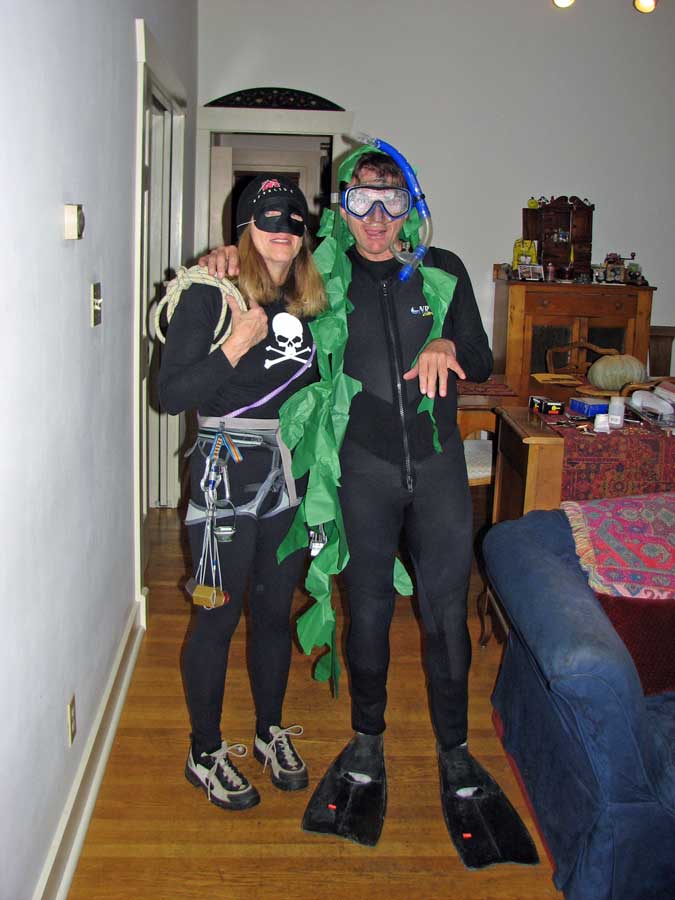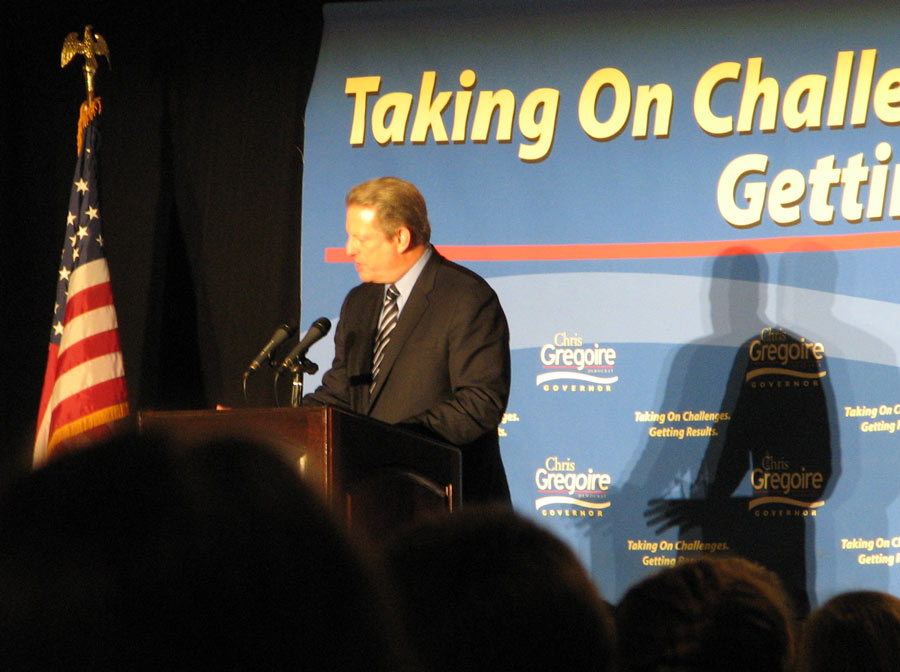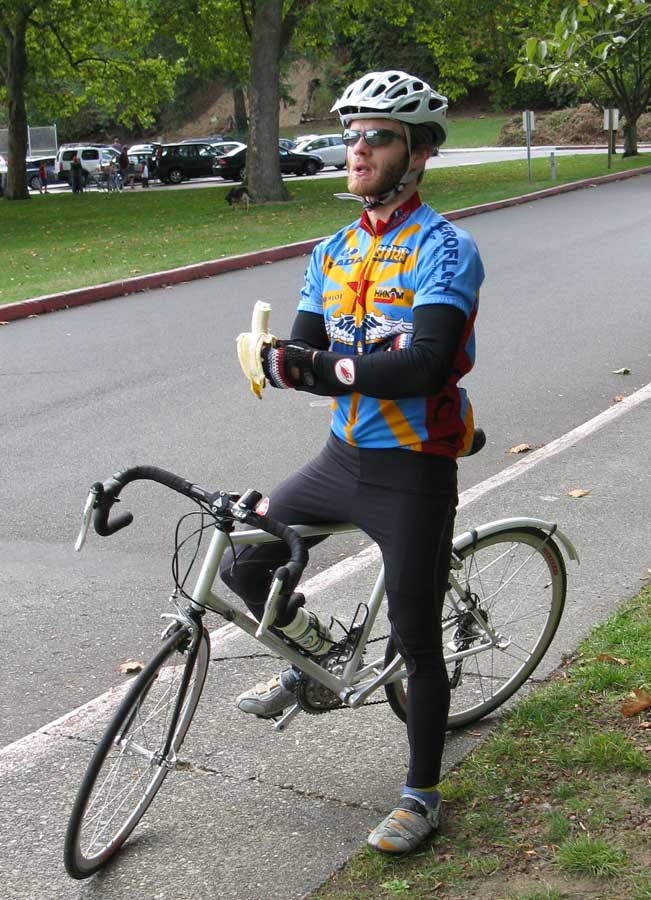I don’t consider myself a “blinking 1200 person“, but sometimes I just get worn out from the frequency that some new technical device finds its way into the house and condescends to, or gibbers at, me through the pages of its always-helpful owner’s manual as I try to discover how to use it.
No, I’m not a complete idiot. I don’t resort to the manual first. I resort to the manual after I have tried inserting the batteries in both directions and pressed every button individually and in all the possible combinations (except “reset” if they’ve been kind enough to label it as such). I realize that some designer spent weeks in focus groups in order to settle on a set of graphic icons to label each button with, and sent the product into production certain that even a chimpanzee would have no doubt about their meanings. It’s just that a) I usually can’t see them without a magnifying glass in front of my reading glasses, and b) I have no clue what to do with them because each one looks like an ecstatic amoeba doing different things with a c*alis erection, a sort of one-celled onanistic Tantra.
So, I shamefacedly open the manual, knowing that it was never intended by its authors to be read by the gadget’s users - it contains as little information as possible, perhaps to give nothing easy away to product liability attorneys. The space on each page that could have been used to provide steady, soothing guidance (necessary because anyone who’s gotten so far as to open the manual is consumed in cardiac-endangering rage) is instead dedicated to repeating a useless English phrase in every language in this rainbow world of ours. A 50-page manual of this ilk might be able to convey 10 simple steps, but by the time you ferret out the next English instruction, you’ve forgotten the last one.
To add to the fun, I’ve usually decided to learn to use said device about 10 minutes before I need to head out the door for some activity to which it is absolutely essential.
With that prologue in mind, consider my dilemma regarding a Garmin GPS training device that my mom gave me for Christmas. I just never got around to taking it out of the box. I guess I was subliminally avoiding making the effort to learn to use it. She would call and ask how I liked it sometimes, and I’d say something evasive, and I’m sure she thought she’d screwed up and gotten the wrong thing. I’d be out kayaking sometimes, however, and someone with me would pull out his GPS and talk about our route and how far we’d gone, and I’d think how cool it would be if I had mine along. If I wasn’t too lazy and stupid to use it.
Finally last weekend I got sick of kicking the box while walking through my office, and I took it out and set about making it work. Once I thought I had it, I set out on a bike ride down the Burke Gilman Trail to test it out. As I rode along, I was equal parts excited to see the result when I got back, and sort of paranoid about being watched and how poorly someone would regard my average speed. Provided it was even working.
When I got back, I uploaded the trip, and was fascinated with the data it provided. Here’s what it looked like . Click on the “larger map” or “Google Earth” link to see more detail. One flaw - it seems to think that I decided early in the return trip to simply levitate and fly home a la crow. I think there are parts of the trail that are obscured from the satellites, and the device presumes that you’d proceed as quickly as you could rather than meandering.

High winds on Saturday got some blowdown going on here in the Puget Sound region, and made the trail a little more interesting.
I can’t wait to take this thing out on my kayak. But, before I do, I think I should learn to use the VHF radio I bought at REI a couple weeks ago, so I can hear the voices of the container-ship crew that runs me over on Puget Sound.











